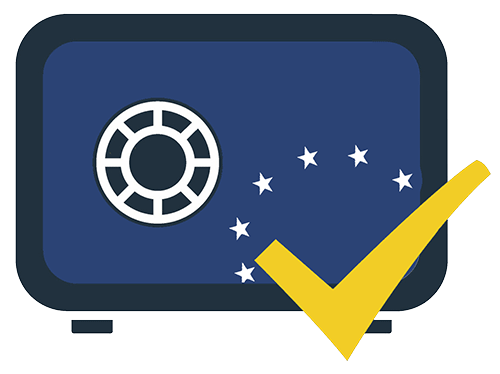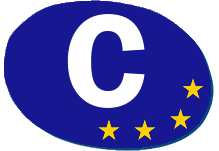The French Intellectual Property Code defines a trademark as “a sign used to distinguish the goods or services of a natural or legal person from those of other natural or legal persons“. (Article L711-1 of the IPC).
A “sign” can be of various forms, for example:
- Word mark: name, numbers, letters…
- Figurative mark: drawing, logo, etc.
- Colour mark: a shade of colour.
- Sound mark: musical staff, jingle, recording…
- Shape mark: the shape of the product, packaging, etc.
- Hologram mark
- Position mark (particular affixing of the mark to a product)
- Pattern mark (regular repetition of elements)
- Movement mark
- Multimedia mark: short videos, etc.
A trademark helps to distinguish products and services from those of competitors. This is invaluable nowadays given the increasing choice for consumers.
The greatest benefit is that trademark law grants a a monopoly of the use of the trademark for the goods and services designated by the applicant. This monopoly derives from the holder’s exclusive right on the trademark, allowing him/her to take infringement action in case of violation of his/her rights.
On the other hand, this principle of speciality implies that this monopoly is limited to the goods and services designated in the application for registration, as well as similar goods and services. This means that two identical trademarks can co-exist provided that they cover different goods and services. The most striking example would be the “Mont Blanc” trademark, used for both pens and dessert creams by two different companies.
Choosing a trademark is not easy: it must appeal to the company, it must appeal to consumers, and above all, it must be legally permissible.









